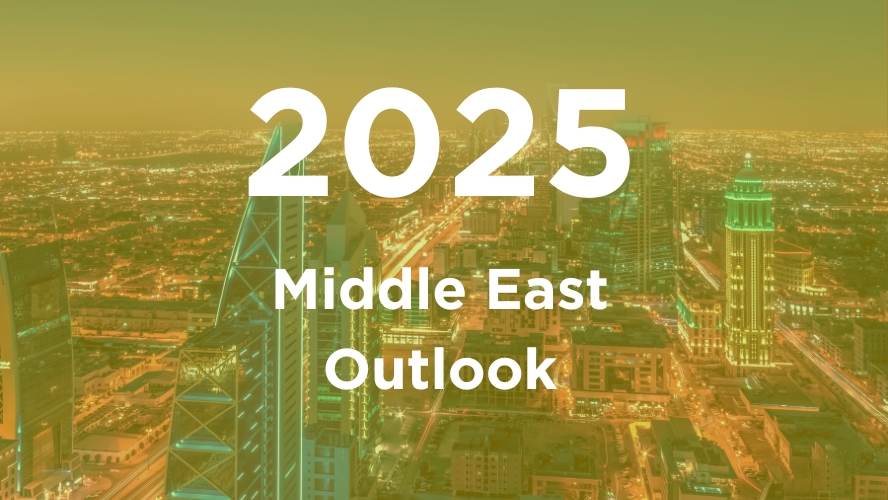
Introduction: MENA infrastructure investment 2025
As the MENA region accelerates its shift away from oil-centric economies, infrastructure investment is emerging as a key driver of development, diversification, and global competitiveness. With governments championing megaprojects, private-public partnerships, and smart-city ventures, 2025 is shaping up to be a landmark year for capital flows into digital, transport, renewable, and urban infrastructure.
This blog explores recent trends, investment opportunities, and the risks that define the MENA infrastructure investment 2025.
1. Digital Infrastructure: The Data Center Surge
Digital infrastructure is witnessing explosive growth in the region. Data center capacity in the Gulf is expected to nearly triple from 1 GW in 2025 to 3.3 GW by 2030, driven by AI and cloud demand PwC.
Gartner forecasts a staggering 69% increase in MENA data center spending in 2025, reaching $13 billion by 2026—underscoring AI’s central role in driving IT investments Middle East Air News.
A standout deal includes KKR’s $5 billion partnership with Gulf Data Hub to expand hyperscale data centers across the Gulf Reddit. Additionally, Qatar’s Ooredoo is committing $550 million to build 120 MW of data center capacity via its MENA infrastructure investment 2025 unit Financial Times.
Opportunity: Investors can tap into AI-ready infrastructure, regional data hubs, and public-private initiatives in digital stages across GCC countries.
2. Mega Transport & Urban Infrastructure
- Saudi Landbridge Railway aims to link Jeddah and Riyadh—part of the Vision 2030 roadmap to transform transport networks Wikipedia.
- Gulf Railway: The UAE and Oman are developing a $15.4 billion GCC-wide rail network, including a 300 km cross-border link via Hafeet Rail Wikipedia.
- Underground infrastructure is gaining traction: MENA has a tunnel construction pipeline worth $128.6 billion, including metro and sewer systems in Riyadh, Doha, and Dubai Meed.
Opportunity: Transport and urban infrastructure remains a fertile ground for investment, especially where responsive to population growth and urbanization.
3. Renewable & Hydrogen Infrastructure
MENA infrastructure investment 2025 is advancing its clean-energy ambitions:
- Solar Power: Solar capacity jumped 25% in 2024, hitting 24 GW—led by Saudi Arabia, UAE, Egypt, and Morocco Reddit.
- Green Hydrogen: Saudi Arabia, UAE, and Oman are piloting large-scale green hydrogen production to become global leaders in low-carbon energy exports Wikipedia.
- FAB estimates that clean-energy investment will surge from $1.2 trillion in 2024 to $2.4 trillion by 2030 adsmehub.ae.
Opportunity: High-growth potential in solar, hydrogen, and renewable grids makes it attractive for ESG-minded capital.
4. Public–Private Partnerships (PPPs)
PPPs are fueling infrastructure momentum in MENA:
- Over $4.1 trillion in PPP projects are currently underway, with 65% based in GCC countries—spanning transport, education, and healthcare business.hsbc.com.au.
- BCG estimates the GCC offers a $2.5 trillion infrastructure opportunity via private sector participation transactions.freshfields.com.
- Landmark PPPs: Dubai’s $22 billion Strategic Sewerage Tunnels, Tunisian solar and hospital frameworks attracting GCC interest transactions.freshfields.com.
Opportunity: Gulf-based developers and investors can partner with governments to deliver impactful infrastructure through innovative financing structures.
5. Growth Corridors & Urban Mega-Projects: MENA infrastructure investment 2025
- Saudi Arabia’s Vision 2030 is catalyzing $500 billion mega projects like NEOM, The Red Sea Global, and AlUla, pushing the construction sector toward a projected $91.4 billion by 2029 Wikipedia.
- Urban diversification—like Bahrain’s effort to attract UK investors in green tech, advanced manufacturing, and tourism—is turning secondary GCC cities into infrastructure hotspots The Times.
- Egypt approved $8.9 billion in projects in 2024, while Oman ramped up design awards from $2.5 billion to $5.5 billion—a 120% increase AECOM Publications.
Opportunity: Mega-projects in smart cities, tourism, and housing offer robust capital deployment opportunities with added social impact with MENA infrastructure investment 2025.
6. Challenges & Risks to Monitor
- Capital Intensity: Massive investment requirements demand long-term commitment and high initial capital outlays.
- Geopolitical Risks: Regional tensions, regulatory shifts, or fluctuating commodity prices can impact returns.
- Sustainability Compliance: Ensuring ESG alignment and sustainable financing frameworks matters more than ever.
- Talent & Logistics: Complex projects demand specialized labor and steady supply chains—often across borders.
FAQs
Q1: What is the total pipeline value of MENA infrastructure investment 2025?
- The region’s port infrastructure pipeline is valued at $79.6 billion, with 90% in execution stages Meed.
Q2: What segment leads IT infrastructure growth in 2025?
- Data centers remain the fastest-growing segment, with a projected 69% spending increase in 2025 Middle East Air News.
Q3: How much have solar investments grown in 2024?
- MENA solar capacity climbed by 25%, reaching 24 GW (AC) Reddit.
Conclusion: A Pivotal Year for Infrastructure Capital
2025 marks a transformative moment for MENA’s infrastructure, MENA infrastructure investment 2025. Driven by digital ambition, renewable urgency, and mega project visions, the region is redefining capital flows across data, energy, transport, and urban ecosystems.
At Gulf Bridge Capitals, we help investors, governments, and developers navigate these vast opportunities—by structuring capital, aligning ESG goals, and delivering infrastructure solutions with impact, contact us.